How to break through the technical barriers of CR2032 button cell diaphragm technology
Lithium-ion batteries are the representative of modern high-performance batteries. They are composed of four main parts: positive electrode materials, negative electrode materials, diaphragms, and electrolytes. Among them, the diaphragm is a thin film with a microporous structure. It is the key inner component with the most technical barriers in the lithium-ion battery industry chain. It plays the following two main roles in lithium batteries: a. Separating the positive and negative electrodes of the CR2032 button cell to prevent the positive and negative electrodes from contacting and forming a short circuit; b. The micropores in the film allow lithium ions to pass through to form a charge and discharge circuit.
The production process of CR2032 button cell diaphragms is complex and the technical barriers are high
High-performance lithium batteries require diaphragms with uniform thickness and excellent mechanical properties (including tensile strength and puncture resistance), air permeability, and physical and chemical properties (including wettability, chemical stability, thermal stability, and safety).
It is understood that the excellence of the diaphragm directly affects the capacity, cycle capacity, and safety performance of the CR2032 button cell. The excellent performance of the diaphragm plays an important role in improving the comprehensive performance of the battery.
The many characteristics of CR2032 button cell separators and the difficulty in balancing their performance indicators determine that their production process has high technical barriers and is difficult to develop. The separator production process includes raw material formula and rapid formula adjustment, micropore preparation technology, complete set of equipment independent design and many other processes. Among them, micropore preparation technology is the core of the CR2032 button cell separator preparation process. According to the difference in micropore formation mechanism, the separator process can be divided into dry process and wet process.
Dry separators are divided into single-stretch and double-stretch according to stretching orientation
Dry separator process is the most commonly used method in the separator preparation process. This process is to mix high molecular polymers, additives and other raw materials to form a uniform melt, form a lamellar structure under tensile stress during extrusion, heat-treat the lamellar structure to obtain a hard and elastic polymer film, and then stretch it at a certain temperature to form slit-shaped micropores. After heat setting, a microporous membrane is obtained. At present, the dry process mainly includes two processes: dry uniaxial stretching and biaxial stretching.
Dry single-stretching process flow
(1) Feeding: PE or PP and additives and other raw materials are pre-treated according to the formula and transported to the extrusion system.
(2) Casting: The pretreated raw materials are melted and plasticized in the extrusion system and then extruded from the die head to form a base film with a specific crystal structure after casting.
(3) Heat treatment: The base film is heat treated to obtain a hard elastic film.
(4) Stretching: The hard elastic film is cold stretched and hot stretched to form a nanoporous film.
(5) Slitting: The nanoporous film is cut into finished films according to the customer's specifications.
Dry single-stretching process
Dry double-stretching
It is understood that the dry double-stretching process is a process with independent intellectual property rights developed by the Institute of Chemistry of the Chinese Academy of Sciences, and is also a unique diaphragm manufacturing process in China. Since the β-crystal form of PP is a hexagonal crystal system, the single crystal nucleation and the arrangement of the wafers are loose. It has a lamellar structure that grows radially into a divergent bundle, but does not have a complete spherulite structure. Under the action of heat and stress, it will transform into a more dense and stable α-crystal, and after absorbing a large amount of impact energy, holes will be generated inside the material. This process adds a β-crystal modifier with nucleation effect to PP, and utilizes the density difference between different phases of PP to form micropores during the stretching process.
Dry double-stretching process flow
(1) Feeding: PP and pore-forming agent and other raw materials are pre-treated according to the formula and then transported to the extrusion system.
(2) Casting: PP cast sheet with high β-crystal content and good β-crystal morphology uniformity is obtained.
(3) Longitudinal stretching: The sheet is longitudinally stretched at a certain temperature, and the pores are formed by utilizing the property that β-crystals are easy to form pores under tensile stress.
(4) Transverse stretching: The sample is transversely stretched at a higher temperature to expand the pores and improve the uniformity of the pore size distribution.
(5) Shaping and winding: The diaphragm is heat-treated at high temperature to reduce its thermal shrinkage and improve dimensional stability.
Wet-process diaphragms are divided into asynchronous and synchronous processes according to whether the stretching orientation is simultaneous.
The wet process uses the principle of thermally induced phase separation to mix plasticizers (hydrocarbon liquids with high boiling points or some substances with relatively low molecular weight) with polyolefin resins, and uses the solid-liquid phase or liquid-liquid phase separation phenomenon that occurs during the cooling process of the molten mixture to press the membrane, heat it to a temperature close to the melting point, and then stretch it to make the molecular chains oriented in the same direction. After keeping the temperature for a certain period of time, use a volatile solvent (such as dichloromethane and trichloroethylene) to extract the plasticizer from the film, thereby obtaining a mutually interpenetrating submicron-sized microporous membrane material.
The wet process is suitable for the production of thinner single-layer PE diaphragms. It is a preparation process with better thickness uniformity, better physical and chemical properties and better mechanical properties of diaphragm products. Depending on whether the orientation is simultaneous during stretching, the wet process can also be divided into two types: wet bidirectional asynchronous stretching process and bidirectional synchronous stretching process.
Wet asynchronous stretching process flow
(1) Feeding: PE, pore-forming agent and other raw materials are pre-treated according to the formula and transported to the extrusion system.
(2) Casting: The pretreated raw materials are melted and plasticized in a twin-screw extruder system and then extruded from the die head to form a cast thick sheet containing a pore-forming agent.
(3) Longitudinal stretching: The cast thick sheet is stretched longitudinally.
(4) Transverse stretching: The cast thick sheet after longitudinal stretching is stretched transversely to obtain a base film containing a pore-forming agent.
(5) Extraction: The base film is subjected to solvent extraction to form a base film without a pore-forming agent.
(6) Shaping: The base film without a pore-forming agent is dried and shaped to obtain a nanoporous membrane.
(7) Slitting: The nanoporous membrane is cut into finished membranes according to the customer's specifications.
Wet asynchronous stretching process
The process flow of wet synchronous stretching technology is basically the same as that of asynchronous stretching technology, except that the stretching can be oriented in both the transverse and longitudinal directions at the same time, eliminating the process of longitudinal stretching alone, thereby enhancing the uniformity of the membrane thickness. However, the problems with synchronous stretching are firstly slow speed and secondly poor adjustability. Only the transverse stretching ratio is adjustable, while the longitudinal stretching ratio is fixed.
Wet synchronous stretching process
The overall performance of wet diaphragms is better than that of dry diaphragms
The performance of diaphragm products is jointly affected by the base material and the manufacturing process. The stability, consistency and safety of the diaphragm have a decisive influence on the discharge rate, energy density, cycle life and safety of lithium batteries. Compared with dry diaphragms, wet diaphragms are better in material properties such as thickness uniformity, mechanical properties (tensile strength, puncture resistance), air permeability, and physical and chemical properties (wettability, chemical stability, safety), which are conducive to the absorption and retention of electrolytes and improve the charging, discharging and cycle capacity of batteries, and are suitable for high-capacity batteries. From the perspective of product strength, the comprehensive performance of wet diaphragms is stronger than that of dry diaphragms.
Wet-process diaphragms also have disadvantages. In addition to poor thermal stability due to limitations on the base material, most of them are non-product factors, such as the need for a large amount of solvents, which can easily cause environmental pollution; compared with the dry process, the equipment is complex, the investment is large, the cycle is long, the cost is high, the energy consumption is high, the production is difficult, and the production efficiency is low. In wet-process diaphragms, the bidirectional synchronous stretching technology can be oriented in both the horizontal and vertical directions at the same time, eliminating the process of longitudinal stretching alone, enhancing the uniformity of the diaphragm thickness, and the product has high transparency, no scratches, and excellent optical and surface properties. It is the diaphragm with the best comprehensive performance, occupies an important position in the high-end diaphragm market, and is also the best performing CR2032 button cell diaphragm in the market at this stage.
Read recommendations:
Coin Battery LR 936
What should I pay attention to when using a lithium battery in RV
Environmental Friendliness of Cylindrical Lithium - Ion Batteries
3.2v lifepo4 battery cell
702535 polymer battery
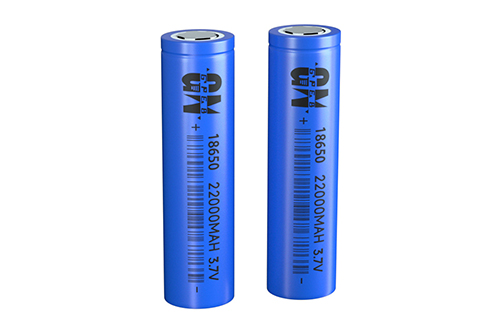
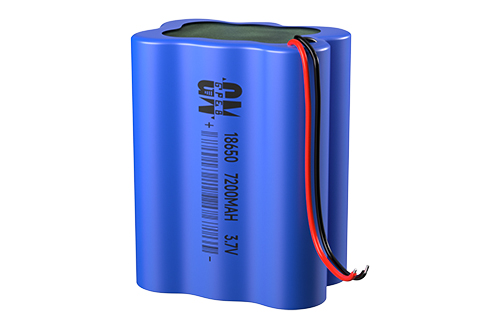

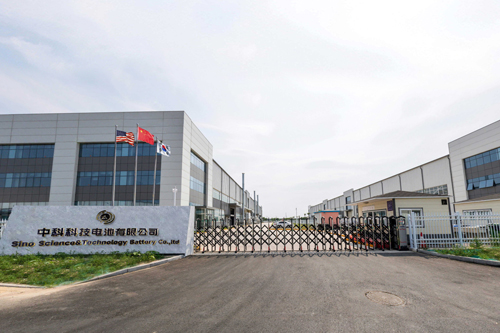

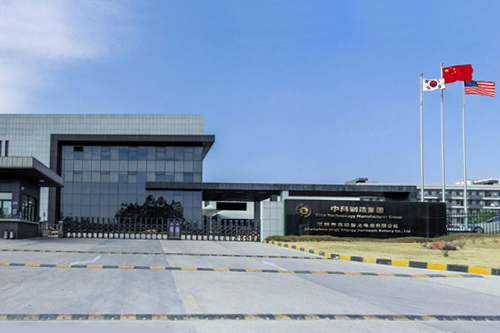

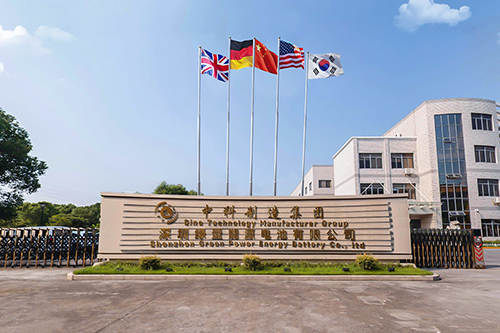

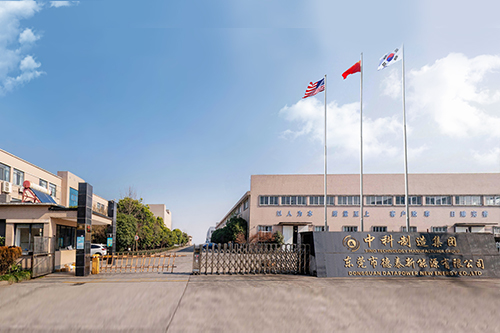

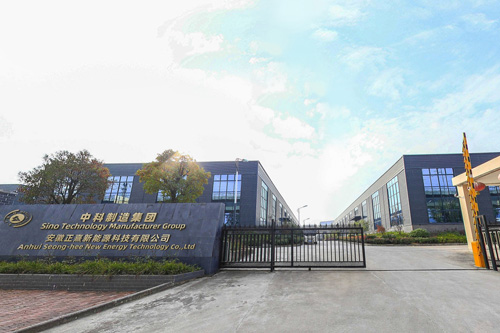

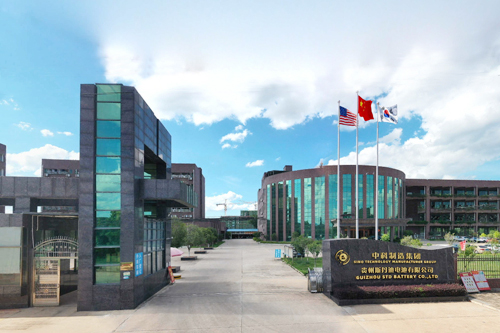

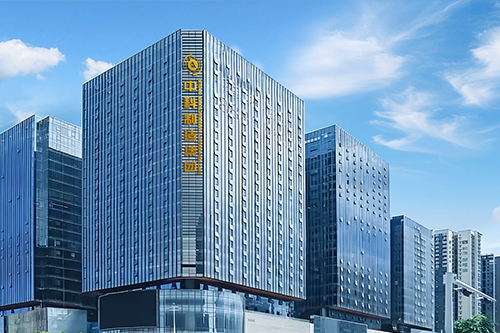




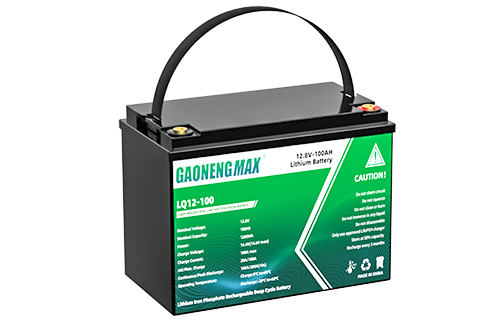
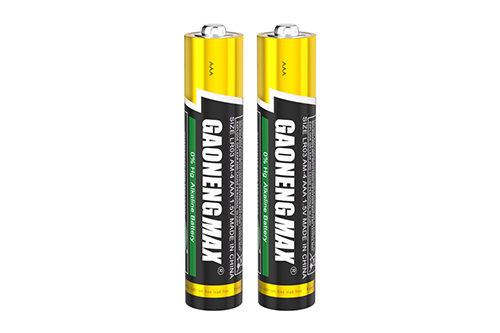

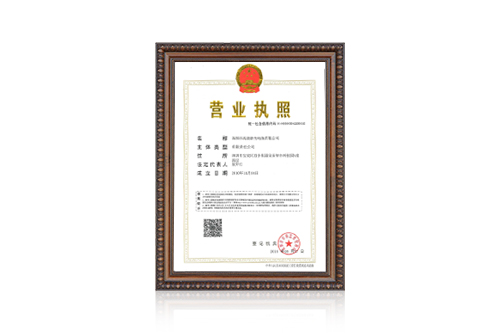
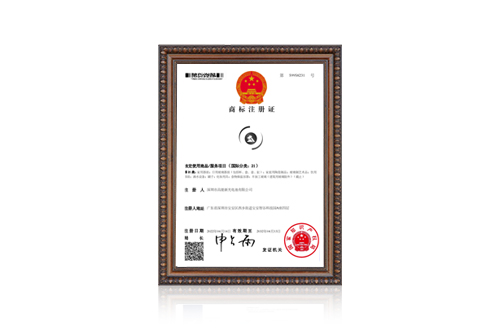
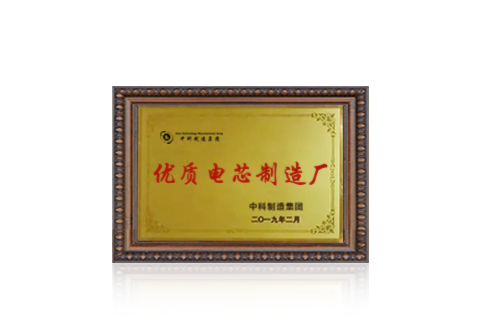
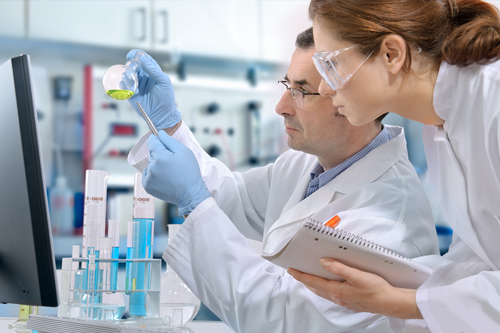
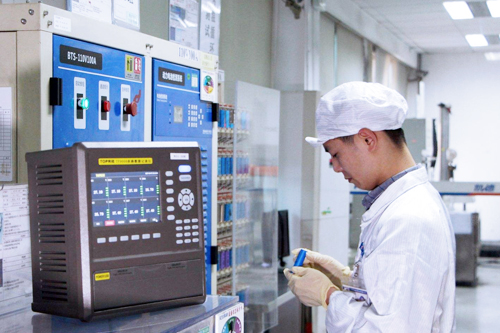

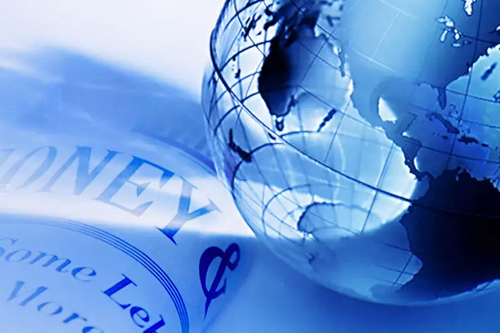













 360° FACTORY VR TOUR
360° FACTORY VR TOUR
 Whatsapp
Whatsapp
 Tel
Tel Email
Email TOP
TOP